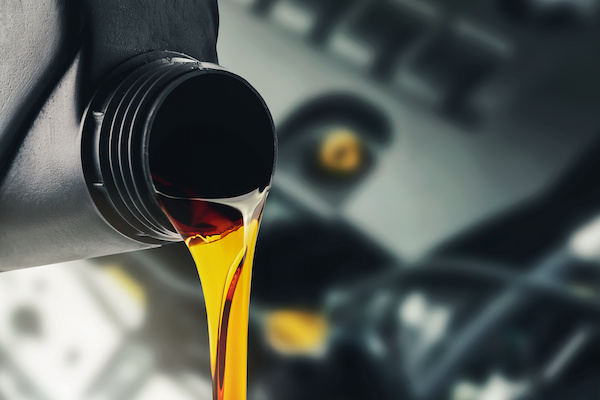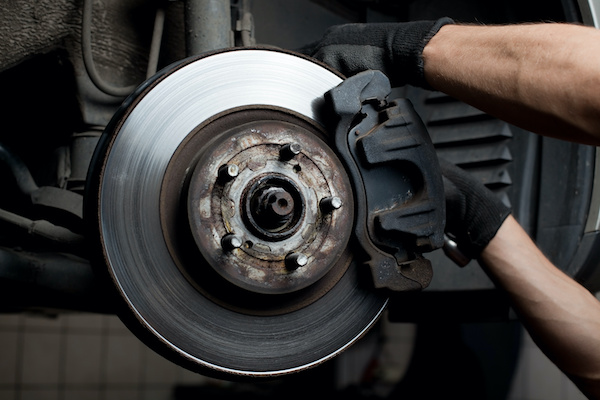Posted on 7/21/2021

You have probably heard how horrible oil sludge is for your engine. But what exactly is oil sludge anyway? Oil sludge is a thick substance that is formed when the engine oil is oxidized and contaminated. It is made up of partially burnt fuel, metal fragments, and debris. Oil sludge then gets carried by the oil, and you can find it clinging onto the various parts of the engine. Why Does Oil Sludge Build Up? Oil sludge can be noticed on top of the engine, inside the oil pan, and on the valve cover. The sludge can later block the siphon and consequently hinder the circulation of oil within the motor. Sludge is usually built up for several reasons. The most common cause of oil sludge is frequently driving in heavy traffic. Frequent short-distance drives and long periods of braking and driving can drastically accelerate oil sludge build-up. Is Oil Sludge Harmful? As mentioned before, oil sludge usually has the effect of hindering oil circulation in your engine. Sin ... read more
Posted on 6/25/2021
.jpeg)
If it hasn't occurred to you, you must have witnessed it somewhere; that's a car with smoke rising from under the hood. It's an iconic summer occurrence because of the hot road conditions. That's the last thing you'd like to face, especially when cruising on a highway across a rural area. You can avoid getting stuck on the road by understanding what to do when the engine overheats. What Causes Engine Overheating? You can attribute car overheating to several factors. The common culprit is a failed cooling system, usually associated with the coolant in the radiator. It could also be anything from an antifreeze leak, broken water pump, a clogged hose, or faulty radiator. Regardless, it's a problem that you want lingering around. Below are tips for dealing with an overheated engine; Find a Safe Spot to Pull Over You need to find a safe location to pull over the car. Shut off its motor and let it cool for at least 15 minutes. That amount of time is enough to all ... read more
Posted on 5/27/2021

The braking system is an integral component of your car. It allows you to slow down or stop when you need to. Therefore, the condition of a car's braking system might mean the difference between life and death in some driving situations. As such, in addition to ensuring that the braking system is regularly maintained, you need to learn how to detect its problems and ensure that it is repaired promptly. Here are some signs that indicate that your vehicle needs braking system service. Brakes Warning Light is On The brake warning light is usually configured to remind you of scheduled brake maintenance and even to alert you when the health of your car's braking system has been compromised in some way. Therefore, when the brake warning light comes on, you need to ensure that you visit our auto repair shop as soon as possible. Our mechanics will diagnose the issue to ensure that it is safe for you to continue driving your car. Slow Breaking How fast does your car take to slo ... read more
Posted on 4/26/2021
.jpeg)
What should be a smooth ride could turn into a bumpy and grinding trip when driving with a collapsed or almost collapsed suspension in a vehicle. Bad suspension could cause the car to make many grinding, clicking, or thumping noises and the car could also 'sway' or 'bounce' from side to side. This is caused by damaged springs in the car or bad alignment and is a sign that shocks and struts need to be checked. Shock absorbers prevent the car from bouncing along as you go over bumpy roads or speed up, as do the struts in a vehicle. Both of these car parts are vital in a vehicle's suspension system. Struts are mounted on top of the car's chassis and the car's coil spring is mounted on these parts. Thus, all these components make up the car's suspension attached to the car's knuckle; it allows for minor adjustments to be made to the alignment, if necessary. Symptoms that the suspension may have issues is the vehicle tipping to one side as you make tur ... read more